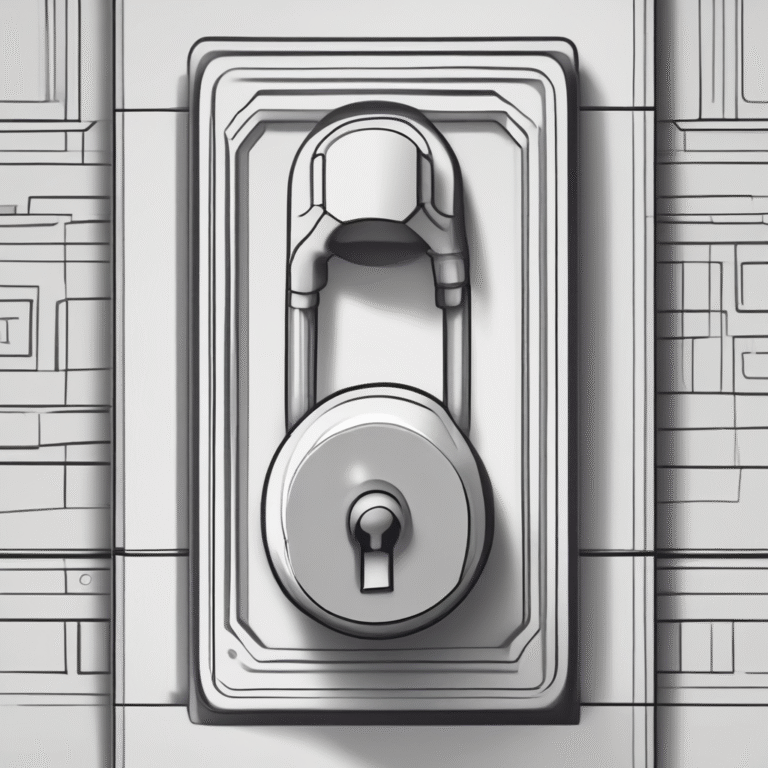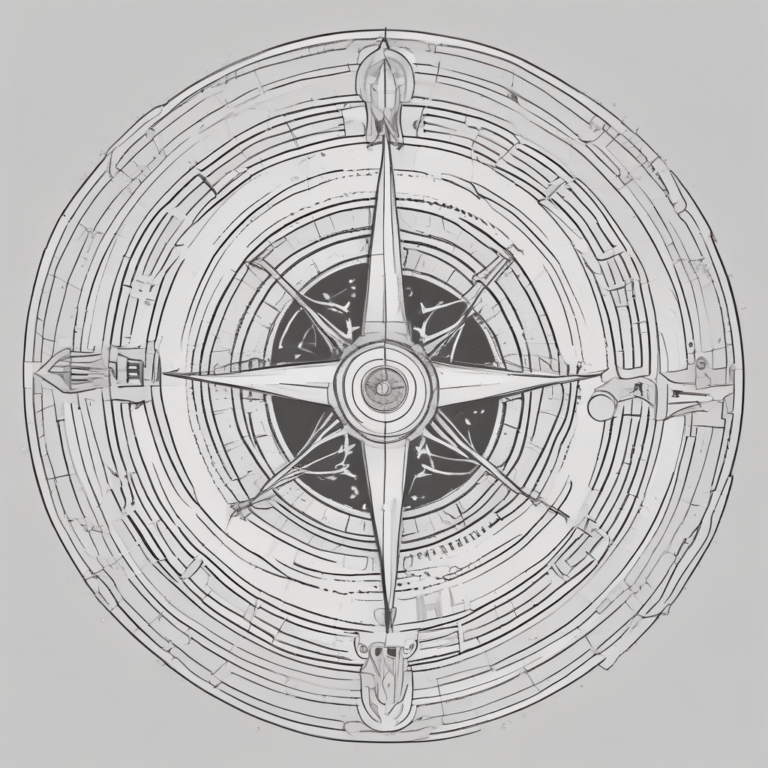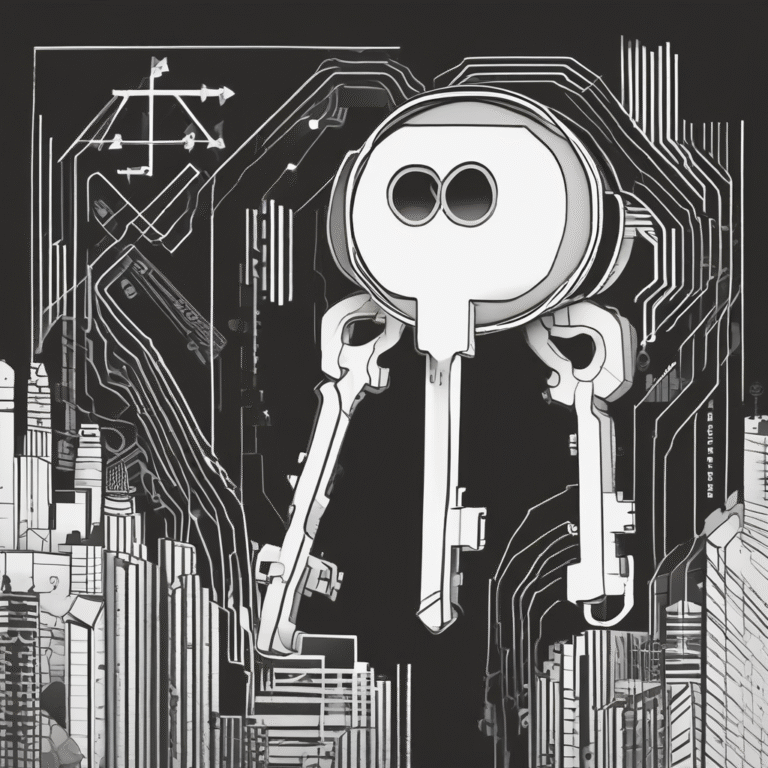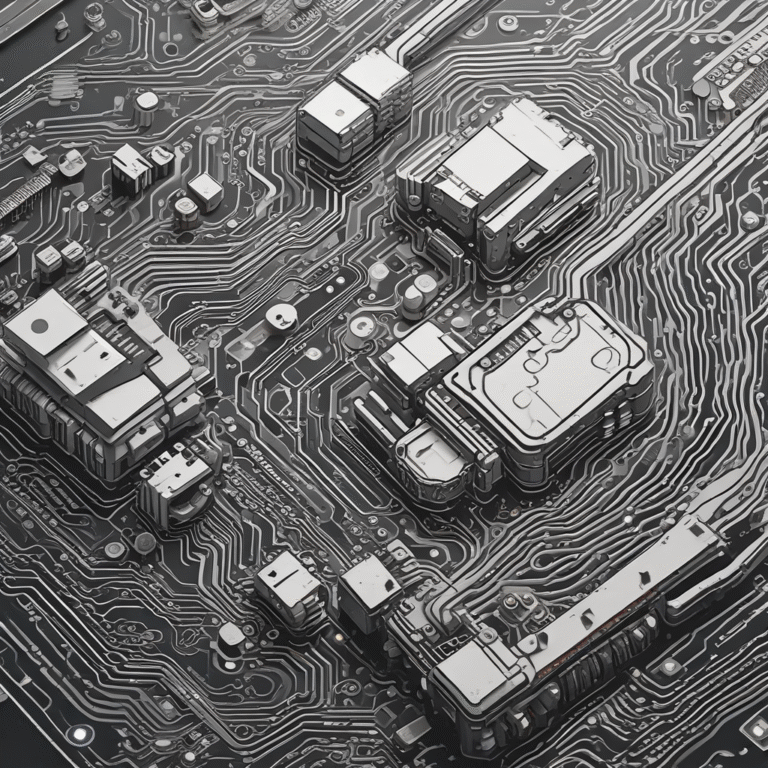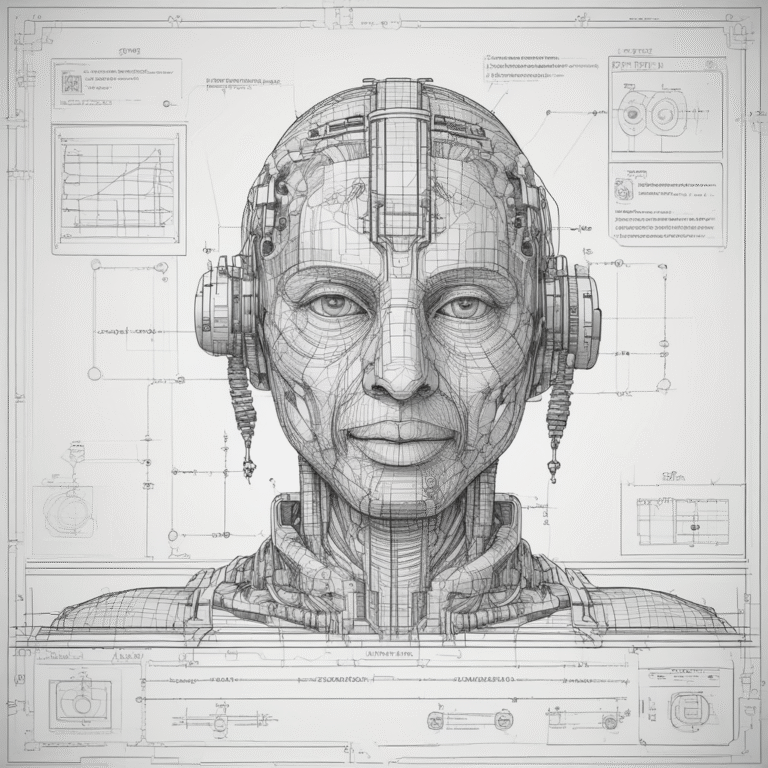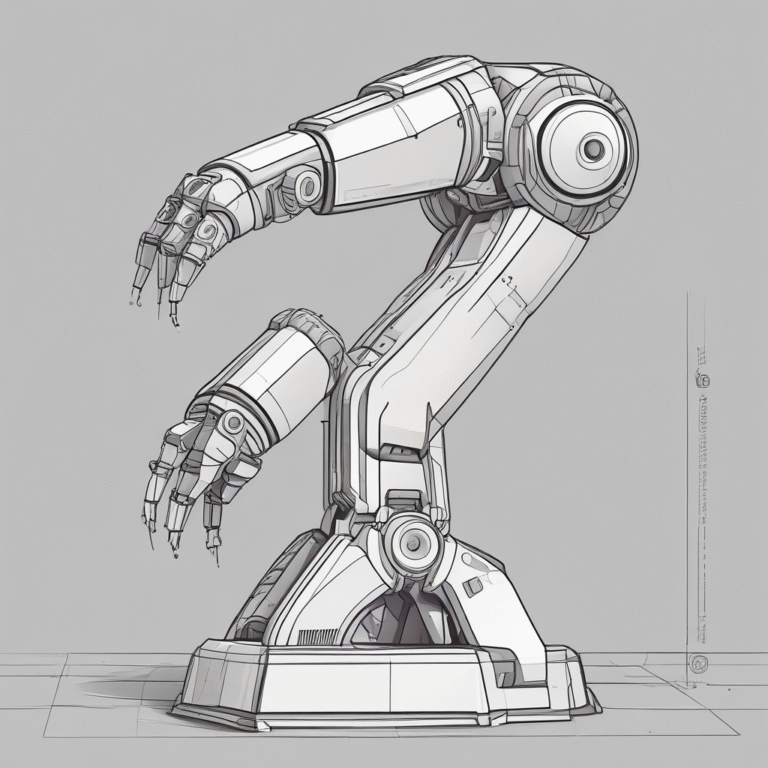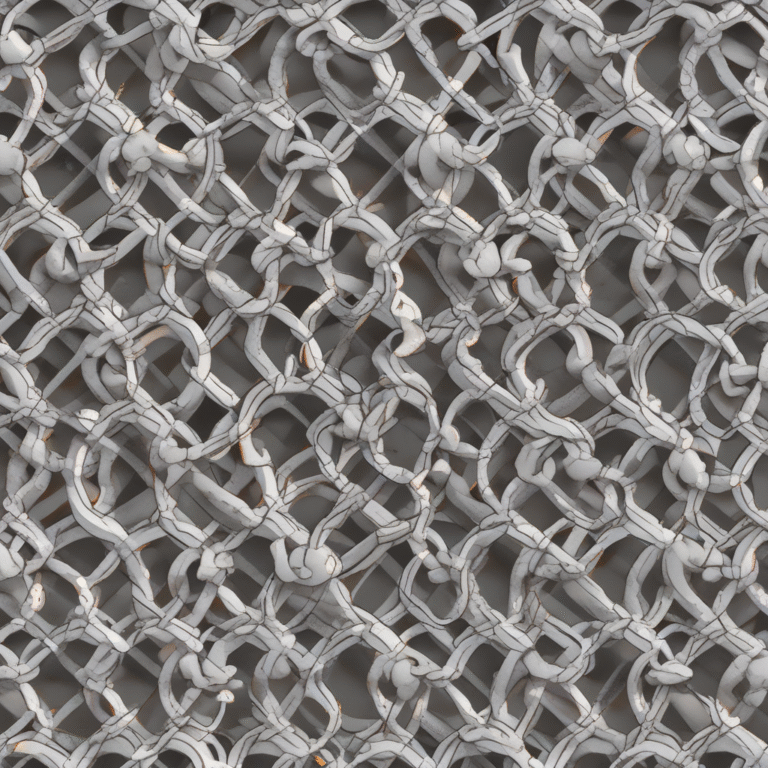Code of Practice for AI Regulations: A Potential Delay Until 2025
The European Commission has indicated that a Code of Practice aimed at assisting companies in adhering to the European Union’s artificial intelligence (AI) regulations may not be released until the end of 2025. This announcement comes amidst concerns from various stakeholders regarding the implementation timeline of the EU’s landmark Artificial Intelligence Act.
Background on the AI Act
The AI Act is a significant legislative framework designed to establish clear guidelines for the development and deployment of AI technologies within the EU. The Act aims to create a harmonized set of risk-based rules that ensure the safety and accountability of AI systems in the market.
Concerns Over Implementation Delays
Several prominent organizations, including Alphabet’s Google and Meta Platforms, alongside European companies such as Mistral and ASML, have advocated for a delay in the rollout of the AI regulations. Their concerns primarily focus on the absence of a comprehensive Code of Practice, which is crucial for guiding companies in compliance efforts.
Original Timeline and Current Updates
Initially, the publication of the Code of Practice for large language models (GPAI), including systems like OpenAI’s ChatGPT, was scheduled for May 2, 2025. However, a spokesperson from the European Commission has stated that discussions are ongoing regarding the timing of the Code’s implementation, with the end of 2025 now being considered as a possible release date.
Voluntary Compliance and Legal Implications
It is important to note that while signing up for the Code will be voluntary, companies that choose not to participate may miss out on the legal certainty that comes with being a signatory. This aspect could significantly impact large tech firms that have expressed hesitations regarding compliance.
Commitment to AI Safety
Despite the push for delays, the European Commission has reaffirmed its commitment to the foundational goals of the AI Act, emphasizing the necessity of establishing harmonized rules across the EU and ensuring the safety of AI systems in the market. The ongoing discussions reflect a balancing act between innovation, compliance, and safety in the rapidly evolving AI landscape.
As the landscape of AI regulations continues to evolve, stakeholders will be closely monitoring the developments concerning the Code of Practice and its implications for the industry.

